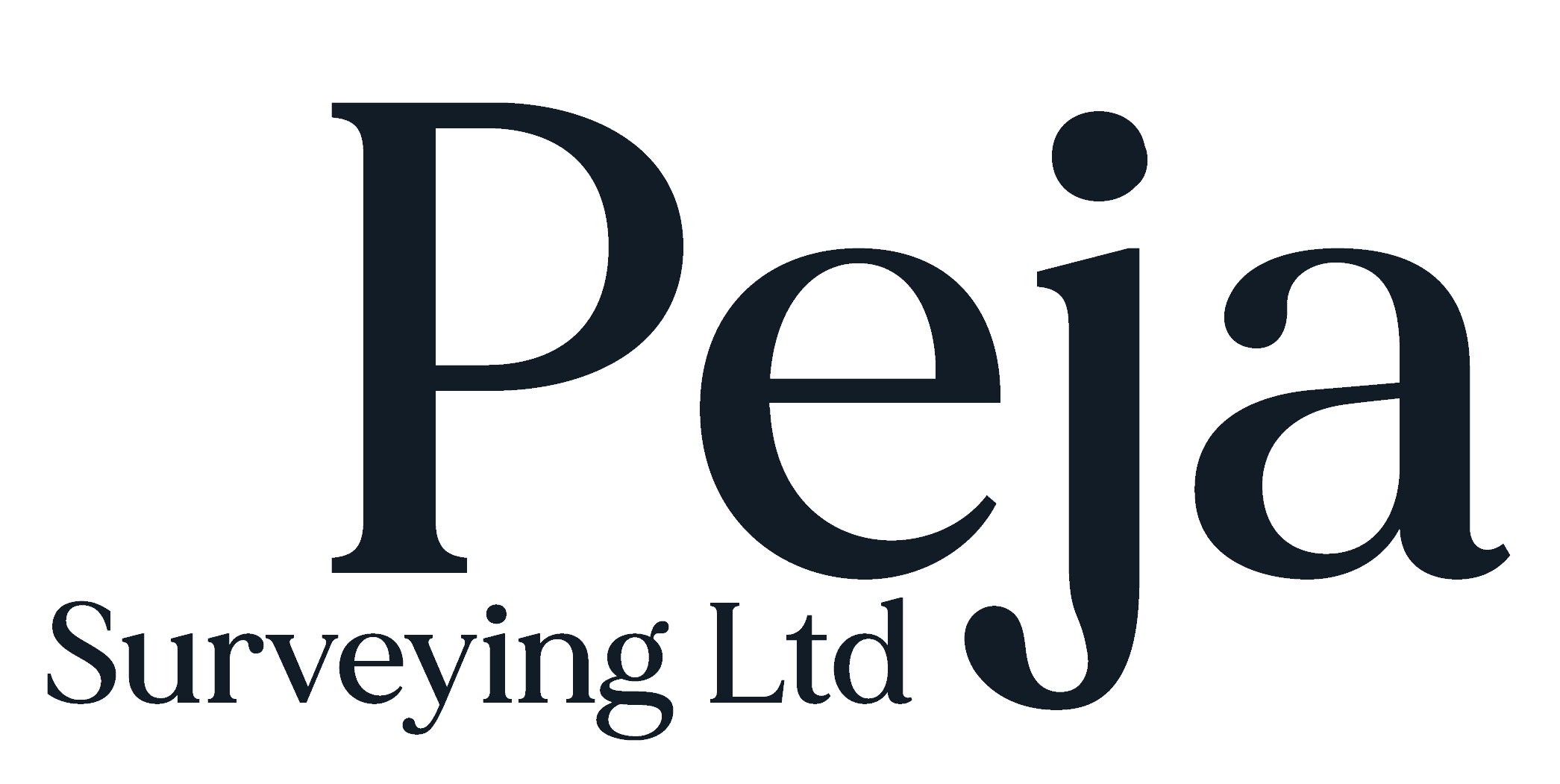Bill of Quantities
Construction projects involve many moving parts, from materials and labour to scheduling and budgets. To help manage costs and streamline the bidding process, a bill of quantities is an essential tool for contractors and clients alike.

What Is the Bill of Quantities
The bill of quantities (BoQ) is a type of document in construction project tendering that itemises the quantities of materials, parts, and labour required to complete the scope of work. It provides a detailed breakdown of all elements needed to execute a construction project according to its design and specifications.
Together with other documents that constitute a tender package, the bill of quantities is sent to contractors wishing to bid on the project. Its goal is to provide consistent quantities to all the interested parties and enable them to price their work accordingly. Because all potential contractors have the same information, the bill of quantities ensures a fair, competitive tendering process. Simultaneously, it makes it easier to compare costs across different proposals.
An accurately prepared bill of quantities is crucial for both the owner of the project and its contractors. For owners, it provides assurance that all aspects of the project are accounted for. For contractors, it allows effective estimation of required resources and costs for executing the work. In the end, the bill of quantities promotes transparency and parity in tendering to obtain the most advantageous pricing and completion of the construction project.


Understanding the Bill of Quantities in Design-Bid-Build Projects
In design-bid-build projects, the bill of quantities is usually included in the bidding package for contractors. Since it already features predefined materials and quantities, contractors have the option to skip their own quantity takeoff and use the BOQ directly for pricing.

Bill of Quantities vs Bill of Materials
The bill of quantities (BOQ) is sometimes mistakenly interchanged with a bill of materials (BOM). However, these documents serve different functions in construction projects. A bill of quantities is an exhaustive list of all costs, including required materials, labour hours, equipment, and more. It provides a complete estimate for the overall project.
A bill of materials, on the other hand, simply outlines the number of raw materials needed to complete the project (timber, concrete, finishes, etc.). It does not account for labour, equipment, or other costs as a BOQ does. General contractors often include a BOM in bid packages to help subcontractors prepare their quotes. Similar to the bill of quantities, this uniform list of materials streamlines bid comparisons from multiple subcontractors.
However, it is important to understand that a BOM has a narrower materials-only scope compared to the comprehensive project cost details encompassed in a BOQ. While both aid bidding, these documents serve different bottom-line functions for contractors and owners.
The Purpose of the Bill of Quantities
The bill of quantities serves multiple important functions in the construction process.
First, it creates a level playing field for tendering. When all bidders provide prices for the same materials and work, it significantly simplifies bid comparison. As a result, project owners are able to quickly decide which bids provide the most favourable financial terms. The transparency around scope and pricing also reduces errors and misunderstandings during the bidding process.
Additionally, the bill of quantities allows consultants and quantity surveyors to conduct thorough tender analyses. By evaluating both total costs and individual rates, they can confirm contractors submitted complete, compliant bids that align with specifications and meet budgetary goals. This vetting safeguards owners against improper pricing practices.
Bills of quantities facilitate accurate cost control and projections for owners. With detailed schedules and breakdowns provided upfront, it becomes easier to predict cash flow needs over various cycles of a project. Thus, owners can gain visibility into upcoming expenditures based on the schedules of work.
Contract administration is one more function of the BOQ. When disagreements or claims arise during construction, its detailed documentation of rates and scopes serves as a clear reference and helps resolve the issues. Essentially, it forms the foundation for the client-contractor agreement.
The comprehensive details within the bill of quantities create an invaluable record of project parameters. This supports maintenance, repairs, and potential expansions down the road. Having these accurate quantities and descriptions on file saves time and effort compared to re-quantifying.
Overall, efficient bills of quantities make tendering more uniform, pricing more precise, and costs more predictable for all parties.
Types of Bills of Quantities
Construction projects may use various types of BoQ. Below, are the most common types:
Itemised BoQ
Abstract BoQ
Preliminary BoQ
Final BoQ
Elemental BoQ
Trade BoQ.
Location BoQ
The appropriate BoQ type depends on the project stage, costing needs, procurement approach, and stakeholder preferences. Each offers advantages suited to particular purposes over the construction timeline
Creating an Accurate Bill of Quantities
Producing a precise bill of quantities is a complex process requiring expertise and diligent effort. While the project owner initiates its creation, collaboration is key for the best results.
In the first phase, project owners establish project parameters and budget targets, as well as specify their vision. BOQ drafts take the owner’s expectations into account. It might take several revisions before the bill of quantities fully meets their requirements and is agreed upon.
The role of the design team in this process is to provide the information necessary for accurate quantification. Among other things, it includes architectural and structural drawings, plans, and material specifications. Consistent communication with the project owner and other parties helps ensure that every component reflects the correct scale and detail.
Experienced Quantity Surveyors synthesise the data obtained from designers into a comprehensive documented format. Items are meticulously measured and defined using industry-standard methods. To do so, they usually break the scope of work into smaller pieces, i.e. items, such as individual sections of a building or specific types of work (plumbing, electrical, etc.) In the next step, they determine the quantity for each item as well as its cost based on current market rates. Finally, they calculate the total price of all the materials and labour to assess the final cost of the project.
It is a responsibility of a project owner to supply project parameters, budget goals, and specific needs. Ongoing review of drafts helps align the bill of quantities with owner expectations before finalisation. It is important that descriptors, measurements, and pricing are accurate. Even small errors can multiply, leading to inflated budgets and problematic bidding. That’s why diligence in every step is critical as it allows for removing assumptions and reflecting realities.
Creating an accurate bill of quantities requires expertise, intense collaboration, precise quantifications, and constant quality control. When done right, it provides a complete cost picture that enabled owners to make informed decisions and manage budgets successfully.
What Does the Bill of Quantities Include?
A well-constructed bill of quantities provides a comprehensive overview of all materials and labour required throughout the construction process. While formats may vary depending on the project, effective BoQs feature several essential elements:

Ultimately, thorough itemisation, detailed descriptions, and accurate cost calculations create a financial blueprint for the project. The bill of quantities guides purchasing and scheduling decisions and enables precise cost tracking. For these reasons, it is fundamental for successful construction management.
Who is Responsible for Creating the
Bill of Quantities?
The project owner is ultimately responsible for having an accurate bill of quantities to provide to bidding contractors. However, they rarely create it themselves. Although the owner needs the document to get precise bids and submit it to contractors bidding on the project, they typically delegate responsibility for producing the bill of quantities.
This is where PEJA Surveying comes in. With years of experience in construction cost consulting, PEJA Surveying has the expertise to prepare meticulous bills of quantities for all types of building projects. Our team of experienced Quantity Surveyors will work closely with you as a client and your design team to itemise all materials, labour, and equipment costs needed to complete the project.
Using advanced industry software, we create a well-organised and easy-to-understand bill of quantities customised to your specific needs. Our detailed and transparent documentation gives you complete confidence when reviewing contractor bids.
When the Bill of Quantities is Used
Project owners rely on the bill of quantities at critical points throughout the project lifecycle. Before construction begins, it provides accurate total cost estimates. By breaking down all materials, equipment, and labour requirements, it helps owners gain a clear understanding of projected expenses across different project phases. This information then guides important budgeting and financing decisions before construction begins.
Once a project is approved, the bill of quantities is shared with bidding contractors. It provides them with the detailed information necessary to prepare precise bids for the job. The comprehensiveness of the bill of quantities allows for an equitable, transparent bidding process.
While most useful before breaking ground, a bill of quantities also aids progress tracking during project execution. By comparing the initial quantities to work completed, owners can evaluate advancement and identify any deviations from the original scope.
Benefits of the Bill of Quantities
The bill of quantities helps enhance construction projects in numerous ways:
- Accuracy. Detailed measurements and cost forecasts in the BoQ minimise calculation errors that could cause budget overruns or missing work items.
- Cost Control. Detailed cost forecasts in the BoQ make it possible to implement proactive monitoring and management of expenditures.
- Clear itemisation provides visibility into what is entailed. As a result, it helps increase the accountability of the parties.
- Streamlined Tendering. Because the bill of quantities provides a detailed list of the materials and works required for the project, contractors have a chance to provide competitive and equitable bids.
- Comprehensive scheduling information presented in the BoQ helps to effectively organise all the processes.
- Communication. By providing clear, detailed information about all project requirements, the BoQ helps reduce misunderstandings and disputes between the project owner, contractors, and other stakeholders.
- Quality Control. Thorough materials and labour outlining promotes completeness as well as helps reduce omissions and defects.
PEJA Surveying – Your Reputable
Consultant Quantity Surveyor
PEJA Surveying is your trusted choice for a reliable Consultant Quantity Surveyor. Our team, backed by more than 40 years of combined experience, offers comprehensive solutions tailored to your unique requirements. We specialise in cost planning, procurement strategies, contract administration, and value management to help bring your project across the finish line quickly and cost-effectively.
With PEJA Surveying as your QS, you can be confident in receiving exceptional cost management support and ensuring the success of your construction project. You can count on us for:

Feasibility studies and cost advice;
Cost planning and estimating;
Value engineering and risk management;
Procurement and tendering;
Contract administration and dispute resolution;
Final account and post-contract services
With thorough itemisation, detailed descriptions, and comprehensive cost calculations, the bill of quantities provides a complete financial scope for construction projects. This helps guide purchasing and scheduling while tracking costs. A meticulous bill of quantities is fundamental to construction success.
Get in Touch Today!
Wimbledon, SW19 1EX
Phone: 020 3633 7334

